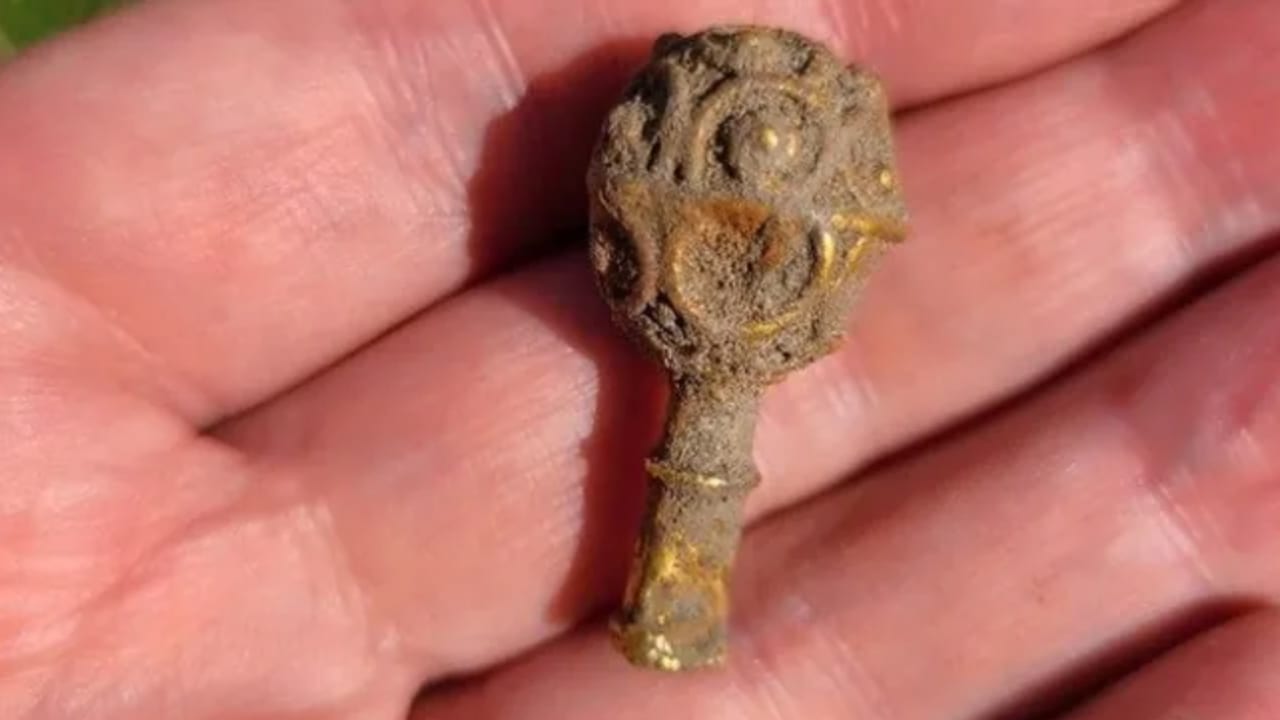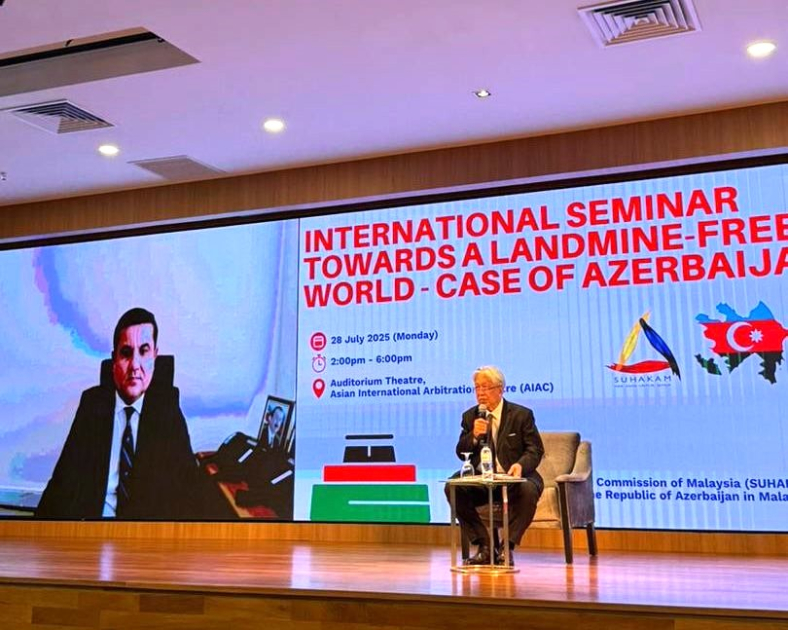By JERUSALEM POST STAFF
DNA from two mummies at Takarkori links them to 15,000-year-old Taforalt hunter-gatherers, challenging the idea of the Green Sahara as a migration corridor.
A study published in Nature revealed insights into the genetic legacy of ancient inhabitants of the Green Sahara. Researchers successfully sequenced the DNA of two 7,000‐year‐old naturally mummified individuals recovered from the Takarkori rock shelter in Libya’s Tadrart Acacus Mountains. The study determined that these individuals belonged to an isolated North African human lineage that had vanished, with their genomic signature appearing only faintly in modern North Africans.
The analysis showed that the genetic makeup of the Takarkori individuals shared close links with that of 15,000‐year‐old hunter‐gatherers from the Taforalt cave in Morocco, associated with the Iberomaurusian culture. The findings suggested that a stable human population existed in North Africa before and during the humid period when the Sahara was a savannah with grasses, trees, lakes, and rivers that hosted giraffes, hippopotamuses, and human groups engaged in hunting and gathering.
Genomic investigations indicated that the Takarkori individuals derived approximately 93% of their ancestry from a previously unknown North African population. They carried roughly 0.15% Neanderthal DNA, a level considerably lower than the 0.6% to 0.9% found in later populations from Taforalt and Neolithic Morocco. “Our data show that early populations of North Africa remained predominantly isolated but still had traces of Neanderthal genome due to a small flow of genes from outside Africa,” said Johannes Krause, director at the Max Planck Institute for Evolutionary Anthropology, in a report by Phys.org.
The genetic evidence argued against the idea that the Green Sahara served as a migration corridor between North and sub‐Saharan Africa during the African Humid Period. The results indicated that the Takarkori lineage separated from sub‐Saharan groups around 50,000 years ago, with no contribution from populations south of the Sahara. Instead, the genetic profile appeared to result from isolation in the region, a factor that influenced the genomic landscape of modern North Africans.
Archaeologists uncovered a timeline of human occupation at the Takarkori rock shelter that included burials dating from the Early Pastoral period (approximately 8,300–7,300 calibrated years before present) to the Middle Pastoral period (roughly 7,100–5,600 calibrated years before present). The remains were preserved by the region’s arid, high‐temperature conditions, which provided rare opportunities to extract genetic material despite generally low endogenous DNA. Rock art and burial practices supported a history of pastoralism and resource gathering in an environment that transformed about 5,000 years ago as shifting climatic conditions turned the savannah into the desert dominating North Africa.
“Our research questions some theories about the history of human populations in North Africa,” said Nada Salem, the study’s first author, in a statement. She added that the spread of pastoralism through the Green Sahara likely occurred through cultural exchange rather than large‐scale migration, and the genomic data confirmed that, despite minor out-of-Africa genetic admixture, the Takarkori individuals maintained an ancestry that set them apart from other groups.











.jpg)








